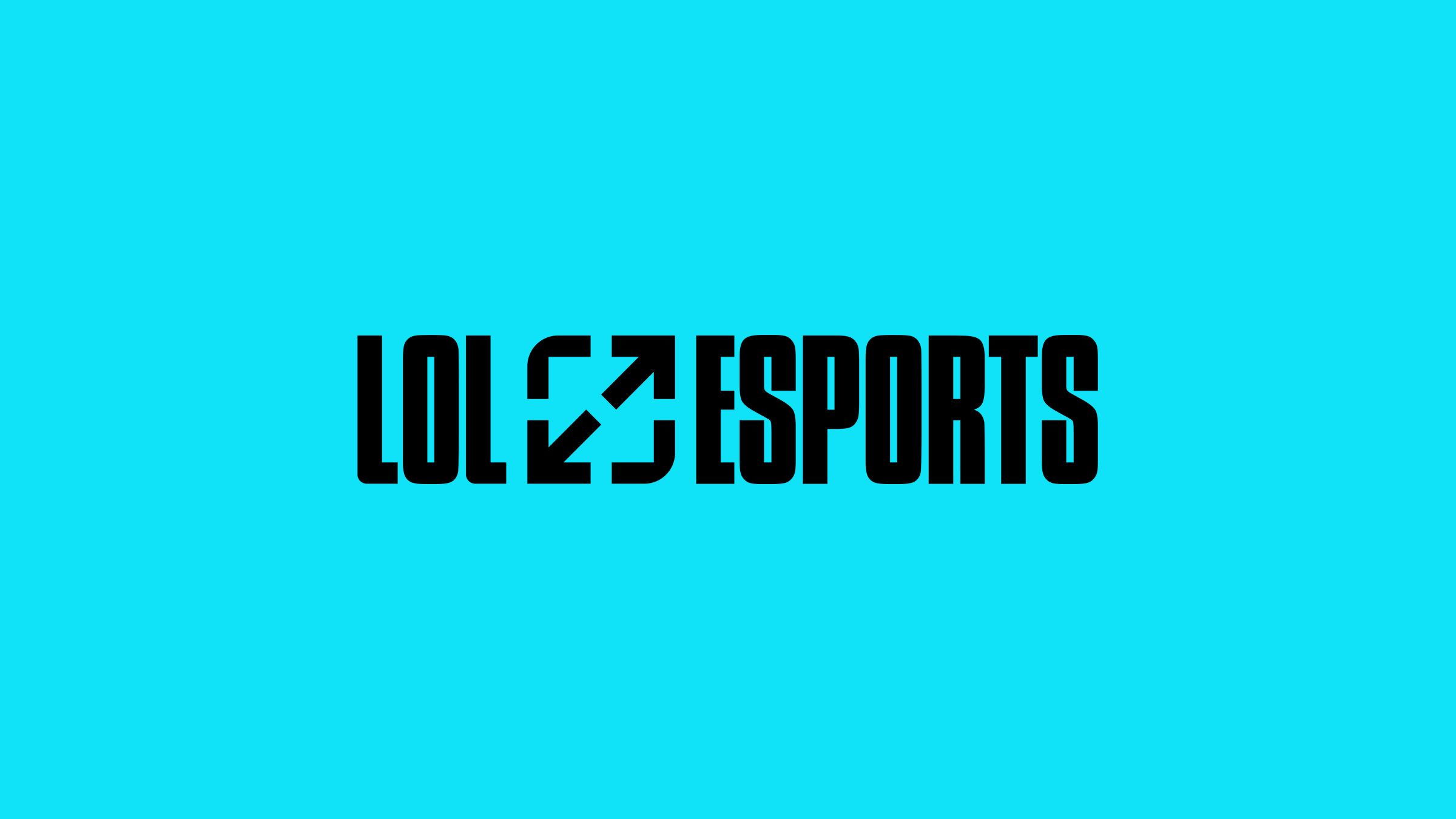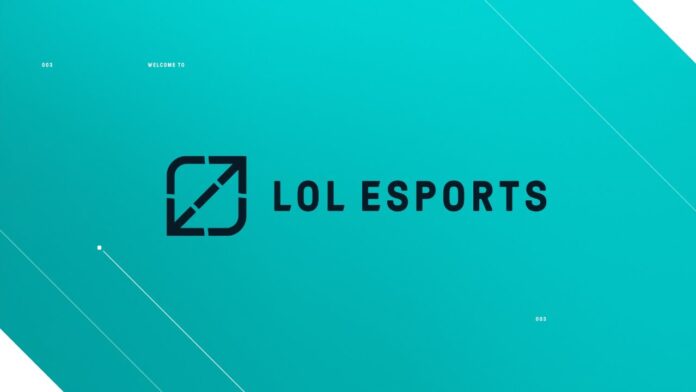Introduction to LoL Esports
League of Legends, also known as LoL, is a multiplayer online battle arena (MOBA) game developed and published by Riot Games. Since its release in 2009, LoL has grown to become one of the most popular video games in the world, with over 100 million monthly active players.
But what sets LoL apart from other popular games is its thriving esports scene. The competitive aspect of the game has attracted millions of viewers and turned LoL into a global phenomenon. In this article, we will delve into the captivating history, the thrilling gameplay, the diverse ecosystem, and the profound impact of LoL esports on the world of gaming and beyond.
Current Meta and Gameplay Trends
In LoL, teams of five players compete against each other in a fast-paced, strategic battle. Each player controls a unique character, known as a champion, and works together with their team to destroy the enemy’s base. As with any competitive game, there are always new trends and strategies emerging within the meta or current state of the game.
Currently, the meta in LoL is constantly shifting due to regular updates, new champions, and changes in gameplay mechanics. This keeps the game fresh and exciting for both players and viewers. In recent years, we have seen an increase in aggressive early-game strategies, with teams focusing on securing objectives and controlling the map. This has led to shorter game times and more intense early-game skirmishes.
Another trend that has emerged in the past few years is the focus on specific roles and positions within the game. With the increasing complexity of the game, players have started to specialize in certain roles such as top lane, mid lane, jungle, ADC (attack-damage carry), and support. This specialization has led to more well-defined team compositions and strategies.
In addition to these gameplay trends, we have also seen a rise in the popularity of certain champions. These are typically champions that have strong abilities or synergies with other champions in the game. For example, in 2020, the champion Ezreal was picked in 81% of games during the World Championship event, showcasing his dominance in the current meta.
Major Tournaments and Championships
The competitive scene in LoL is divided into regional leagues, with teams competing against each other for a chance to qualify for the biggest event of the year – the World Championship. This annual tournament features the top teams from each region, battling it out for the title of world champions and a multi-million-dollar prize pool.
Apart from the World Championship, there are several other major tournaments throughout the year, such as the Mid-Season Invitational, Rift Rivals, and All-Star Event. These events bring together the best teams from different regions to compete against each other, providing fans with exciting and diverse matchups.
Additionally, Riot Games has established the League of Legends Championship Series (LCS) in North America and the League of Legends European Championship (LEC) in Europe. These leagues feature franchised teams, similar to traditional sports leagues, adding a sense of stability and professionalism to the scene.
Key Teams and Players to Watch
Just like any other sport, LoL esports has its own set of star players and powerhouse teams. These players and teams have proven themselves to be the best in their respective regions and consistently perform well in major tournaments.
One such team is SK Telecom T1 (now known as T1), representing South Korea. They have won three World Championships and have consistently remained at the top of the global rankings. Their mid-laner, Lee “Faker” Sang-hyeok, is considered to be one of the greatest players in the history of the game, with an impressive track record and a large fan following.
Another team to keep an eye on is G2 Esports, representing Europe. They have dominated their regional league and have been a top contender in international tournaments. Their mid-laner, Rasmus “Caps” Winther, is known for his aggressive playstyle and has become a fan favorite with his flashy plays.
On an individual level, players like Jian “Uzi” Zihao from China and Yiliang “Doublelift” Peng from North America have garnered a large following due to their exceptional skills and consistency in the game. These players are role models for aspiring gamers and have helped elevate the popularity of LoL esports worldwide.
Regional Leagues and Their Impact
As mentioned earlier, LoL esports is divided into regional leagues, each with its own unique culture and fan base. Some of the most popular and competitive regions include South Korea, China, Europe, and North America. Each of these regions has its own league and showcases some of the best teams and players in the world.
The success of these regional leagues has had a significant impact on the growth of LoL esports. It has allowed for the development of local talent, increased viewership, and strengthened the overall ecosystem of the game. Furthermore, it has created a sense of national pride and competitiveness, as fans root for their home teams to perform well in international tournaments.
Viewership Statistics and Audience Demographics

One of the most impressive aspects of LoL esports is its massive viewership. According to statistics from Riot Games, the 2019 World Championship had a peak viewership of over 3.9 million viewers, making it one of the most-watched esports events of all time.
But it’s not just the sheer number of viewers that is impressive; it’s also the diversity of the audience. LoL esports has a global reach, with fans from different countries and age groups tuning in to watch the action. According to a report by Newzoo, the majority of viewers are aged between 18-34, with males making up around 70% of the audience.
Sponsorships and Partnerships in LoL Esports
The rapid growth of LoL esports has attracted the attention of major brands and companies, leading to numerous sponsorships and partnerships within the industry. Companies like Mastercard, Red Bull, and Nike have all become involved in LoL esports, providing financial support and creating unique experiences for fans.
Moreover, the partnership between Riot Games and Chinese technology company Tencent has been crucial in the growth and success of LoL esports. Tencent has helped expand the game’s reach in Asia and has secured broadcasting rights for major events, ensuring that fans can watch their favorite teams and players compete live.
Technological Innovations in Competitive Gaming
The rise of LoL esports has also led to advancements in technology and production value in competitive gaming. The introduction of virtual reality (VR) technology has allowed fans to experience the game in a whole new way, immersing themselves in the action as if they were playing alongside their favorite players.
Furthermore, Riot Games has invested in producing high-quality broadcasts for tournaments, featuring commentary and analysis from experienced professionals. They have also implemented features such as player cams and in-game replays, providing viewers with a more in-depth look at the games and the players.
Future Predictions and Upcoming Events

As LoL esports continues to grow in popularity, many predict that it will eventually rival traditional sports in terms of viewership and revenue. With the recent announcement of the League of Legends: Wild Rift mobile game, there is potential for even more growth and expansion in the coming years.
In terms of upcoming events, the most anticipated one is undoubtedly the 2021 World Championship, where the best teams from each region will come together to battle for glory. The event is set to take place in China, and fans are eagerly waiting to see which team will come out on top.
Conclusion
From its humble beginnings to becoming a global phenomenon, LoL esports has proven to be more than just a video game – it’s a cultural phenomenon. With its ever-evolving meta, major tournaments, talented players, and diverse audience, LoL esports has established itself as a force to be reckoned with in the world of competitive gaming.
As we look towards the future, it’s clear that LoL esports will continue to innovate and push the boundaries of what is possible. It will undoubtedly attract more partnerships and sponsorships, gain even more viewers, and inspire a new generation of gamers. The rise of LoL esports has been nothing short of remarkable, and we can’t wait to see what the future holds for this exciting and constantly evolving industry.
